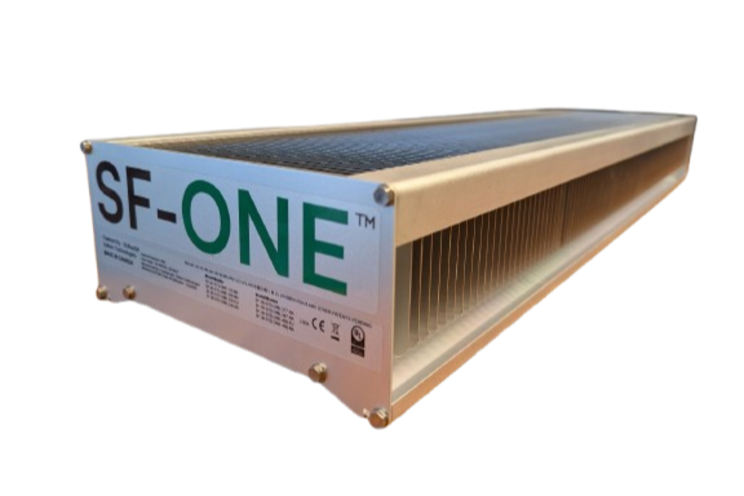Cannabis water use under supplemental light
Added on 02 September 2023

Cannabis water use efficiency (WUE) refers to the amount of water a cannabis plant uses to produce a certain amount of biomass or yield. Supplemental light, such as artificial lighting in indoor cultivation, can have significant effects on a plant’s water use efficiency.
Here’s how:
1. **Increased Photosynthesis:** Supplemental light, especially in indoor growing environments, can enhance photosynthesis in cannabis plants. When plants can capture more light energy, they can convert more carbon dioxide and water into sugars and other organic compounds. This increased photosynthetic activity can potentially lead to improved water use efficiency, as more water is used for productive processes.
2. **Transpiration and Stomatal Regulation:** Transpiration is the process by which water is released from a plant’s leaves through small openings called stomata. These openings also allow for the exchange of gasses, including carbon dioxide and oxygen. When more light is available, plants often open their stomata wider to take in more carbon dioxide, which can lead to increased water loss through transpiration. This could potentially decrease water use efficiency if not properly managed.
Photo: Cristian Collado via UrbanAgNews.
More news















